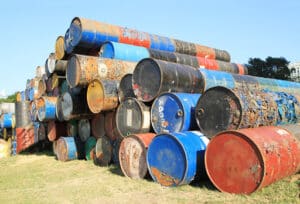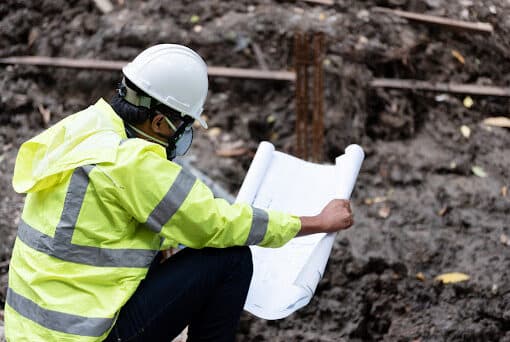National Due Diligence Services is your source for efficient and thorough Environmental Site Assessments. We fulfill our customers’ needs by creating a one-stop shop for multiple due diligence products that range from complex single sites to multi-site, multi-state projects of all types.
Including a Phase I Environmental Site Assessment in a real estate transaction is generally required by lenders for commercial properties and industrial properties. As a buyer, it’s crucial to understand the property being acquired.
Conducting a Phase I ESA is not only necessary for making informed decisions about proceeding with the acquisition, but it also helps in budgeting for the initial phase, evaluating potential risks associated with the property’s operation and resale, identifying concerns that the seller should address, and preparing for expenses in the long run.
In this blog, we’ll provide a comprehensive overview of what a Phase I ESA looks for during the assessment process, what you can expect to see in your assessment, and the next steps to take, if necessary.
What A Phase I ESA Includes
A Phase I Environmental Site Assessment is the initial step in environmental due diligence. This assessment will examine the land underlying the property as well as improvements made, such as buildings and other structures. A Phase I ESA will not include chemical analyses or physical testing of paint, soil, or water present on the property. It will include an examination of:
- Groundwater quality
- Surface water quality
- Presence of stored hazardous substances
- Historical use of hazardous substances
- Other conditions that may impact the safety and health of the property
At NDDS, our Phase I ESAs are conducted according to ASTM E1527-13 standard, developed by the American Society for Testing and Materials. Conducting assessments according to these standards is important for a few reasons.
- Consistent and comprehensive methodology: following this standard provides for a uniform approach to Environmental Site Assessments, producing better, more accurate results.
- Legal protections: in order to meet the requirements of the U.S. Environmental Protection Agency’s (EPA) All Appropriate Inquiries (AAI) Rule, ASTM E1527-13 standards must be followed. These standards are sufficient to protect property buyers from liability under the Comprehensive Environmental Response, Compensation, and Liability Act (CERCLA) in the event of environmental contamination.
- Lender requirements: as mentioned above, most lenders require Phase I ESAs as a prerequisite for financing.
- Risk management: large, costly commercial real estate transactions pose a level of risk to those involved, and these assessments ensure that property buyers, sellers, and investors have accurate and relevant information about potential environmental risks.
What Does A Phase I Environmental Site Assessment Look For?
The Phase I ESA examines a property’s historical use as well as its current use. The intention of the assessment is to identify potential or existing environmental contamination liabilities. The assessment process includes a site visit with a catalog of the presence of potentially hazardous materials and petroleum products, historical research that includes planning records, historical photographs, and title information, regulatory research, and interviews.
What Happens After A Phase I ESA Is Complete?
There are several potential outcomes of a Phase I Environmental Site Assessment. Some completed assessments will show that the property is clear of any potential or existing environmental contamination liabilities, in which case no further action is needed.
Other assessments find a Recognized Environmental Condition (REC), which indicates the presence or likely presence of petroleum products or hazardous materials on, in, or near the site. Some common examples of RECs include:
- Past or current storage of hazardous materials in underground or aboveground storage tanks, or chemical storage areas.
- Past records of commercial or industrial activities, including dry cleaners, gas stations, auto repair shops, and other activities that may cause water or soil contamination.
- Historical or current presence of landfills, waste storage facilities, or illegal dumping.
Some other potential Phase I ESA outcomes include a Controlled Recognized Environmental Condition (CREC), which is the presence of hazardous materials on the property that have been addressed to the satisfaction of the appropriate regulatory agency, or a Historical Recognized Environmental Condition (HREC), which is the historic presence of a REC that has been addressed to the satisfaction of the appropriate regulatory agency.
If a Phase I ESA indicates that hazardous materials may be present, a Phase II Environmental Site Assessment is then usually necessary.
Turn To National Due Diligence Services For Your Environmental Due Diligence Needs
Our Environmental Site Assessment team is here to give you peace of mind while easing your environmental concerns and keeping your project on track. We work to provide the most efficient and thorough assessments in the industry, and we’re excited to bring our expertise to your property. Contact us today to get started.





